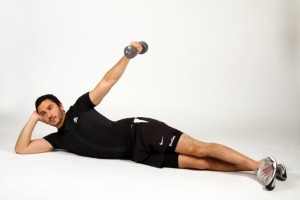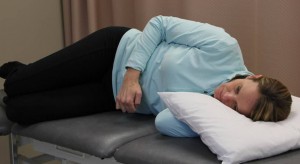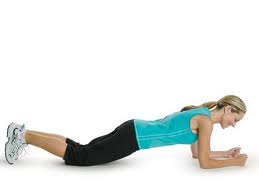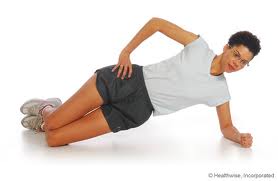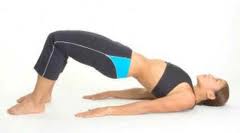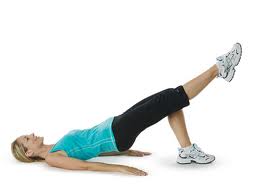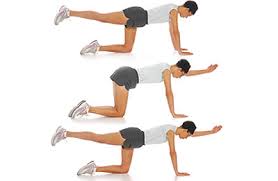- For back pain, better to see your osteopath sooner than later.
- Take regular exercise – your osteopath can say what’s right for you.
- Hours in one position can cause problems – avoid ‘computer hump’.
- During repetitive tasks, vary your rhythm and take frequent breaks.
- Adjust car seats and on long journeys, take regular breaks to stretch.
- Pace yourself with heavy work like gardening.
- Watch children’s posture – they shouldn’t carry bags on one shoulder or spend too long at a computer, games console etc. without breaks.
- During pregnancy, osteopathy can help your body adjust to changes.
- Avoid strain when lifting, particularly small children and shopping.
- Your bed could be part of the problem. Seek osteopathic advice on choosing a new one.
Archives
BMA Guide to Back Care and The Back Book
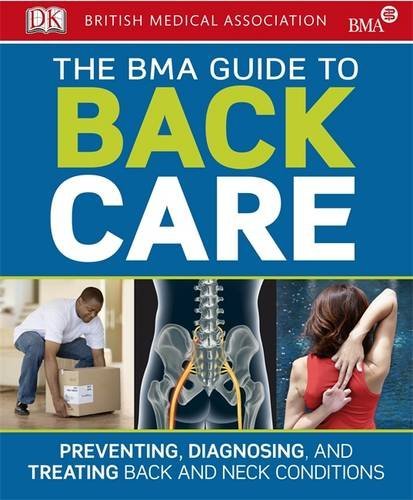
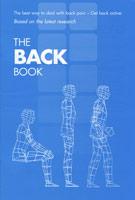
Your one-stop manual for the diagnosis, treatment and prevention of back and neck injuries
Produced in collaboration with the British Medical Association, the BMA Guide to Back Care covers everything from strengthening your back and neck to diagnosing, treating, and preventing injuries.
Simple, clear diagrams help illustrate the anatomy of your back and fully illustrated step-by-step exercise routines are provided for immediate treatment as well as long-term strategies to prevent injuries recurring. The book also features invaluable practical advice on coping with back pain, information on how to get the best results from rehabilitation and the very latest developments and trends in both orthodox and complementary approaches to back care.
Comprehensive, authoritative and informative, The BMA Guide to Back Care along with the Back Book (TSO) are essential self-help guides for anyone with back issues who wants to take an active role in their healthcare.
Post Graduate Education
Both Charlotte and Stuart embrace the whole idea of Continuing Professional Development and fully comply with the requirements as laid down by the General Osteopathic Council
Neck Stretching
Here’s a basic routine of stretches for your neck. Remember to take your time and don’t push through a painful restriction. If any of them produce dizziness or make you feel sick then stop and call us on 01600 772166.
Cervical Side-Glide Exercise
Here’s a video of a great exercise to improve the side-gliding ability of your neck. The demonstration shows a large range of movement which is beyond most of us ! Have a go and see how you get on. Should the exercise provoke lightheadedness or dizziness, stop the exercise and contact us to discuss it.
If it’s so good, then take me there.
Helping your Frozen Shoulder
Here’s a good set of exercises from the Sheffield Physiotherapy Department.
This is a very informative video
We find that this pendulum exercise is very good but it takes a lot of practice to get it right. The arm should be moved by the momentum generated by the body movement and not by the arm itself. Often a light weight weighing 2-3kgs is helpful. We think the the movements shown in this video are perhaps a little too vigorous. Perhaps slow down and concentrate on relaxing the shoulder whilst it is swinging.
We’re always happy to demonstrate this and show you exactly what it should feel like – just call us on 01600 772166
Rotator Cuff Strengthening
Research has shown that this exercise recruits the supraspinatus and infraspinatus muscles very highly – two important rotator cuff muscles.
To perform it, lie on your side with your affected shoulder upper most making sure your hips are above one another. Hold a light weight in one hand by your hip, raise your arm up above your hip. Stop when your arm makes a 45 degree angle. Perform sets of 10 repetitions, 2-3 x per week. A 2 kg weight is sufficient for a female to begin with and 3kg for a male. Progress to 5 and 7kg respectively.
The second exercise works on the rotation range and strength of your shoulder. Start in the position shown. Keeping your elbow tight against your side, move your forearm and hand towards the ceiling. Move the arm as far as feels comfortable and try not to hunch your shoulders towards your ears during the manoevre. The movements should be performed slowly and smoothly to achieve maximum control. Again 10 repetitions, 2-3 x per weeks. A light 1-2kg weight can be used as your condition allows.
We’re very happy to review these exercises as you progress. If anything feels wrong whilst performing either of them, stop and call us on 01600 772166.
Basic Core Stability Exercising
Basic Core Stability Exercising (Level I)
Exercise 1. Kneeling Plank
Maybe start at 15-20 secs and see how you find it. Make sure that you keep your lower abdominal musculature nice and tight/
Exercise 2. Side Plank
Again, try 15-20 secs per side. Don’t forget the nicely tightened abdomen. Don’t forget to breath ! Repeat for the other side.
Exercise 3. Twin legged bridge
Once again, a tightened abdominal corset is important here also. Hold this position for 10-15 seconds if you can.
A progression from this is to lift one leg. Be careful it’s certainly harder than it looks ! Repeat using the other leg.
- Single legged bridge
Exercise 4. Superman
Try this one but don’t be in a hurry to move your arm or leg too far away from your trunk. Also, make sure your tummy muscles are tight before moving your arm or leg. You should feel that your trunk doesn’t wobble when you reach away. It will take you a few weeks before you can do both arm AND leg.
Good luck with these exercises. Building core strength takes time and enthusiasm. THESE EXERCISES REALLY DO HELP. Call the practice on 01600 772166 if you encounter any issues either during or after performing any of these core stability exercises.
How to help your Tennis Elbow
Lower back exercise suggestions
Here are a couple of nice routines for exercising your back.
Back Routine (2) – this one demonstrates a stretch called the “tail wag” which we often recommend.

